Home>Gardening & Outdoor>Landscaping Ideas>What Temperature Is Too Cold To Mow Grass
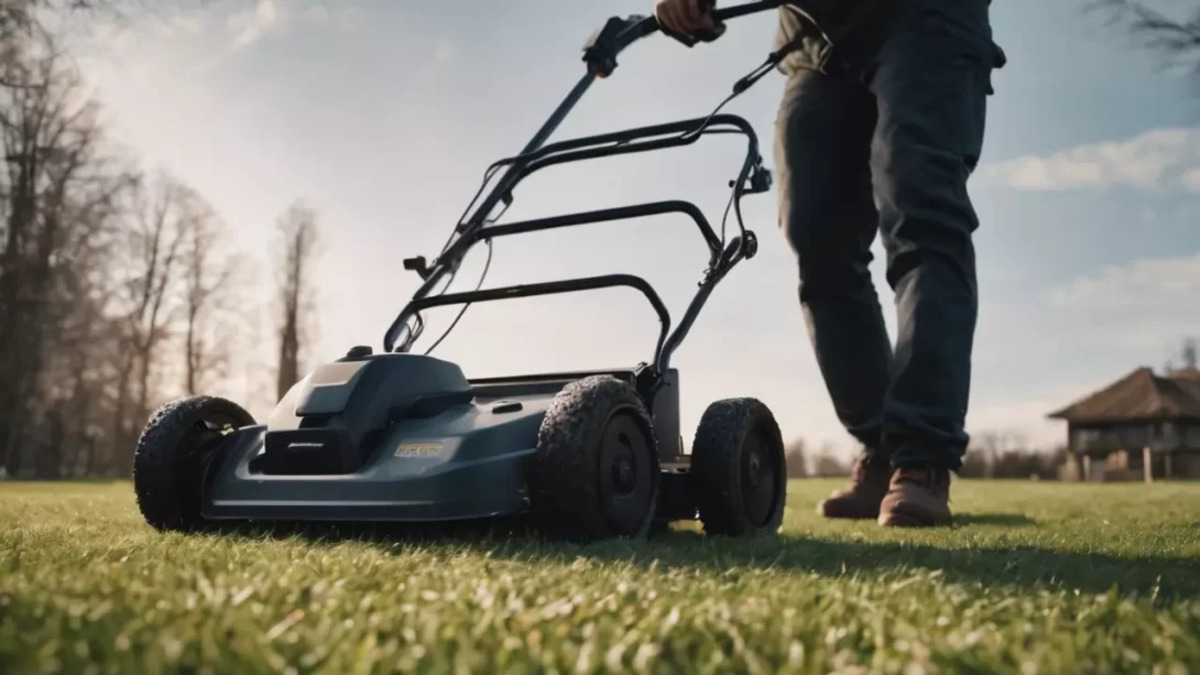

Landscaping Ideas
What Temperature Is Too Cold To Mow Grass
Modified: August 16, 2024
Find out the ideal temperature for mowing your lawn and get landscaping ideas to keep your grass healthy and thriving. Learn when it's too cold to mow grass.
(Many of the links in this article redirect to a specific reviewed product. Your purchase of these products through affiliate links helps to generate commission for Storables.com, at no extra cost. Learn more)
Introduction
Welcome to the world of landscaping, where the beauty of nature meets the artistry of cultivation. As a homeowner or property caretaker, you understand the importance of maintaining a lush, vibrant lawn. However, when the chill of winter lingers or the briskness of autumn sets in, the question arises: what temperature is too cold to mow grass?
Before delving into this inquiry, it’s crucial to comprehend the impact of cold temperatures on grass and how they influence the mowing process. By gaining insight into the ideal mowing conditions and recognizing the signs that it’s too cold to mow, you can ensure the health and vitality of your lawn throughout the changing seasons.
Join me as we explore the intersection of temperature and turf, uncovering the nuances of mowing in cold weather and equipping you with valuable tips to navigate this aspect of lawn care. Let’s embark on this journey to discover the delicate balance between tending to your lawn and respecting nature’s rhythms.
Key Takeaways:
- Mowing grass in cold temperatures can harm the grass, so it’s best to wait until the weather warms up. Pay attention to signs like frost and brittle grass blades to know when it’s too cold to mow.
- Adjust your mowing routine in cold weather by monitoring the temperature, raising the mower blades, and allowing the grass to recover between mowing sessions. This helps maintain a healthy and vibrant lawn despite the chilly conditions.
Read more: What Temperature Is Too Cold To Water Grass
The Impact of Cold Temperatures on Grass
Cold temperatures can have a profound effect on the health and growth of grass. When the mercury drops, grass undergoes physiological changes to adapt to the environmental conditions. Understanding these effects is crucial for determining the optimal time for mowing.
One of the primary impacts of cold temperatures on grass is slowed growth. As the air becomes chilly, grass enters a state of dormancy, slowing down its metabolic processes. This dormancy is a protective mechanism that allows the grass to conserve energy and withstand harsh conditions. Consequently, the growth rate diminishes, and the need for frequent mowing decreases.
Moreover, cold temperatures can make grass more susceptible to damage. When the grass blades are exposed to frost or freezing temperatures, they become brittle and fragile. Mowing under these conditions can lead to torn or bruised grass, impeding its ability to recover and thrive. Additionally, the soil beneath the grass may become compacted in cold weather, hindering root development and nutrient absorption.
Furthermore, cold temperatures can affect the overall resilience of grass. Prolonged exposure to low temperatures can weaken the grass, making it more vulnerable to disease and pest infestations. This diminished resilience can have long-term consequences for the health and appearance of the lawn.
By recognizing the impact of cold temperatures on grass, you can gain a deeper understanding of the challenges associated with mowing in chilly weather. This knowledge forms the foundation for making informed decisions about when to mow and when to allow the grass to rest and rejuvenate.
The Ideal Temperature for Mowing Grass
When it comes to mowing grass, temperature plays a pivotal role in determining the optimal conditions for this essential lawn care task. The ideal temperature for mowing grass varies based on the type of grass and the specific environmental factors at play. By being attuned to these nuances, you can ensure that your mowing efforts promote the health and vibrancy of your lawn.
For cool-season grasses such as Kentucky bluegrass, fescue, and ryegrass, the ideal temperature for mowing typically ranges from 60 to 75 degrees Fahrenheit (15 to 24 degrees Celsius). These grasses thrive in cooler climates and exhibit optimal growth during the spring and fall. Mowing within this temperature range allows the grass to recover swiftly and minimizes stress on the plants.
On the other hand, warm-season grasses like Bermuda grass, Zoysia grass, and St. Augustine grass prefer slightly higher temperatures for mowing, typically between 70 and 85 degrees Fahrenheit (21 to 29 degrees Celsius). These grasses flourish in warmer regions and exhibit peak growth during the summer months. Mowing within the recommended temperature range for warm-season grasses supports their vigorous growth and helps maintain an attractive, well-manicured appearance.
It’s important to note that mowing in excessively high temperatures can place undue stress on the grass, particularly during periods of drought or heatwaves. In such conditions, it’s advisable to adjust the mowing schedule and raise the mower blades to minimize stress and preserve the grass’s vitality.
By aligning your mowing practices with the ideal temperature range for your specific type of grass, you can promote healthy growth, lush foliage, and a visually appealing lawn. This harmonious approach to mowing contributes to the overall well-being of your grass, fostering a resilient and vibrant landscape.
It is not recommended to mow grass when the temperature is below 40°F (4°C) as the grass may be too brittle and could be damaged. Wait for a warmer day to mow your lawn.
Signs That It’s Too Cold to Mow Grass
Recognizing the signs that indicate it’s too cold to mow grass is essential for preserving the health and vitality of your lawn. While the visual cues may vary depending on the specific type of grass and environmental conditions, several common indicators can help you determine whether mowing is advisable in cold temperatures.
One prominent sign that it’s too cold to mow grass is the presence of frost or frozen dew on the grass blades. When the temperature drops below freezing, the moisture on the grass freezes, creating a delicate, crystalline layer. Mowing under these conditions can cause damage to the grass blades, leading to browning and potential stunted growth.
Another telltale sign is the brittleness of the grass blades. In cold weather, grass tends to lose its flexibility and resilience, becoming more prone to breakage and damage. If you notice that the grass blades feel stiff and fragile to the touch, it’s a clear indication that mowing should be postponed until the temperature rises and the grass regains its suppleness.
Furthermore, observing the overall condition of the lawn can provide valuable insights into whether it’s too cold to mow. If the grass appears dull, discolored, or lackluster, it may be experiencing the effects of cold temperatures and reduced metabolic activity. Mowing under these circumstances can exacerbate the stress on the grass and impede its ability to recover and thrive.
Additionally, paying attention to the soil conditions can offer valuable guidance. In cold weather, the soil beneath the grass may become compacted and less permeable, hindering essential air and water circulation. Mowing under these conditions can further compact the soil and disrupt the delicate balance of the lawn ecosystem.
By remaining attentive to these signs and exercising patience during periods of cold weather, you can safeguard the well-being of your grass and promote its long-term health. Understanding when it’s too cold to mow grass empowers you to make informed decisions that nurture a resilient, vibrant lawn.
Tips for Mowing Grass in Cold Temperatures
When the chill of winter or the briskness of autumn sets in, mowing grass in cold temperatures requires a thoughtful approach to ensure the well-being of your lawn. By implementing the following tips, you can navigate the challenges of mowing in chilly weather and maintain a healthy, vibrant lawn:
- Monitor the Weather: Keep a close eye on the weather forecast and avoid mowing when temperatures are consistently below the recommended range for your type of grass. Planning your mowing schedule around milder days can minimize stress on the grass and support its recovery.
- Adjust Mowing Height: Raise the mower blades to leave the grass slightly longer than usual. This adjustment provides added insulation and protection for the grass roots and crowns, helping them withstand the effects of cold temperatures.
- Mow When Dry: Choose to mow when the grass and soil are dry to prevent compaction and minimize damage to the turf. Wet grass is more susceptible to tearing and bruising, particularly in cold weather.
- Sharpen Mower Blades: Ensure that your mower blades are sharp to achieve clean, precise cuts. Dull blades can tear the grass, leading to jagged edges that are more susceptible to damage and disease.
- Avoid Heavy Traffic: Minimize foot traffic and heavy equipment on the lawn during cold weather, as the grass is more vulnerable to compaction and damage. Restricting activity on the lawn preserves its integrity and promotes recovery.
- Observe Recovery Time: Allow the grass ample time to recover between mowing sessions. In cold temperatures, the grass may take longer to recuperate, so spacing out mowing sessions can prevent undue stress and support healthy growth.
- Apply Fertilizer Carefully: If fertilization is necessary during cold weather, use a slow-release or winterized fertilizer to provide essential nutrients to the grass without overwhelming it. Follow recommended application rates to avoid stressing the lawn.
By incorporating these tips into your mowing routine during cold temperatures, you can nurture the resilience and vitality of your lawn while fostering a lush, well-maintained landscape. Embracing a mindful and considerate approach to mowing ensures that your grass thrives despite the challenges of chilly weather.
Conclusion
As we conclude our exploration of the impact of cold temperatures on grass and the considerations for mowing in chilly weather, it’s evident that a nuanced approach to lawn care is essential for maintaining a healthy and vibrant landscape. Understanding the effects of cold temperatures on grass growth and recognizing the signs that indicate it’s too cold to mow empowers you to make informed decisions that support the well-being of your lawn.
By aligning your mowing practices with the ideal temperature range for your specific type of grass and implementing thoughtful strategies for mowing in cold temperatures, you can cultivate a resilient and visually appealing lawn. Monitoring the weather, adjusting mowing height, and allowing the grass ample recovery time are integral components of a considerate and effective mowing regimen during chilly weather.
Ultimately, the art of mowing in cold temperatures is a delicate balance between tending to your lawn’s needs and respecting the natural rhythms of grass growth. By embracing this balance and infusing your mowing routine with patience and attentiveness, you can foster a lush, vibrant landscape that thrives throughout the changing seasons.
As you embark on your journey of mowing in cold temperatures, may these insights and tips serve as valuable companions, guiding you toward a harmonious and nurturing approach to lawn care. With each mindful mowing session, you contribute to the resilience and beauty of your grass, creating a captivating outdoor oasis for all to enjoy.
Frequently Asked Questions about What Temperature Is Too Cold To Mow Grass
Was this page helpful?
At Storables.com, we guarantee accurate and reliable information. Our content, validated by Expert Board Contributors, is crafted following stringent Editorial Policies. We're committed to providing you with well-researched, expert-backed insights for all your informational needs.
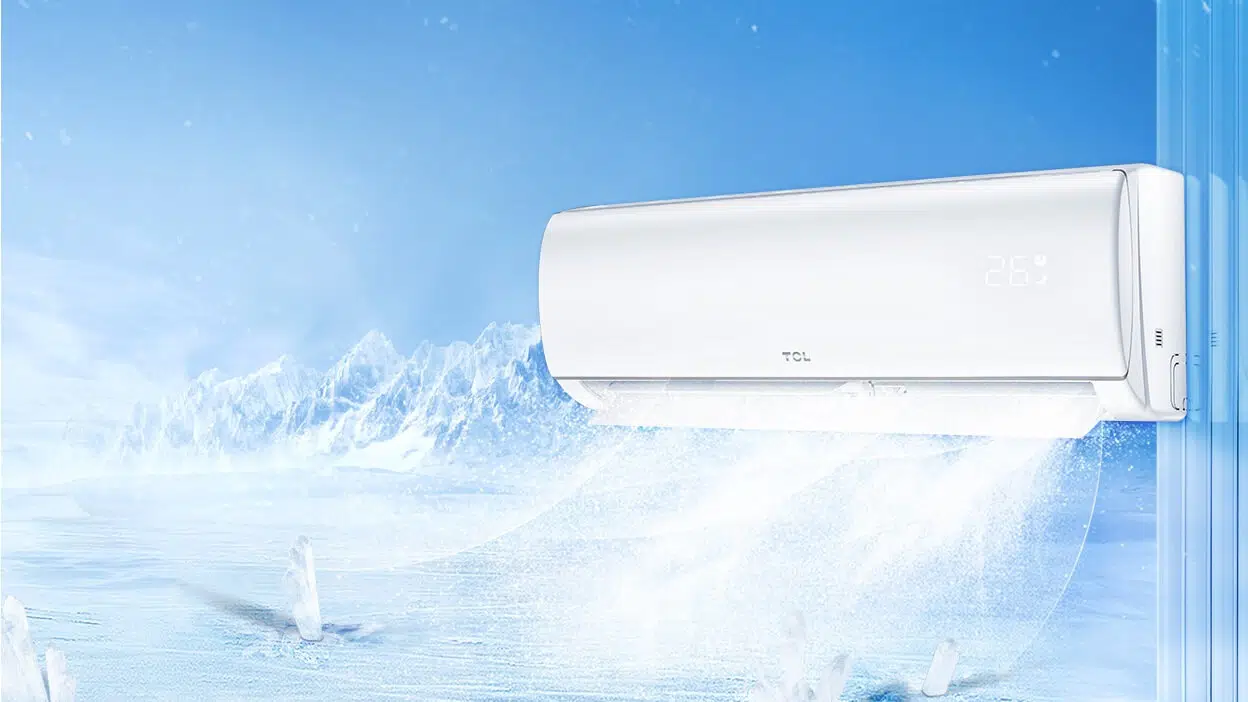
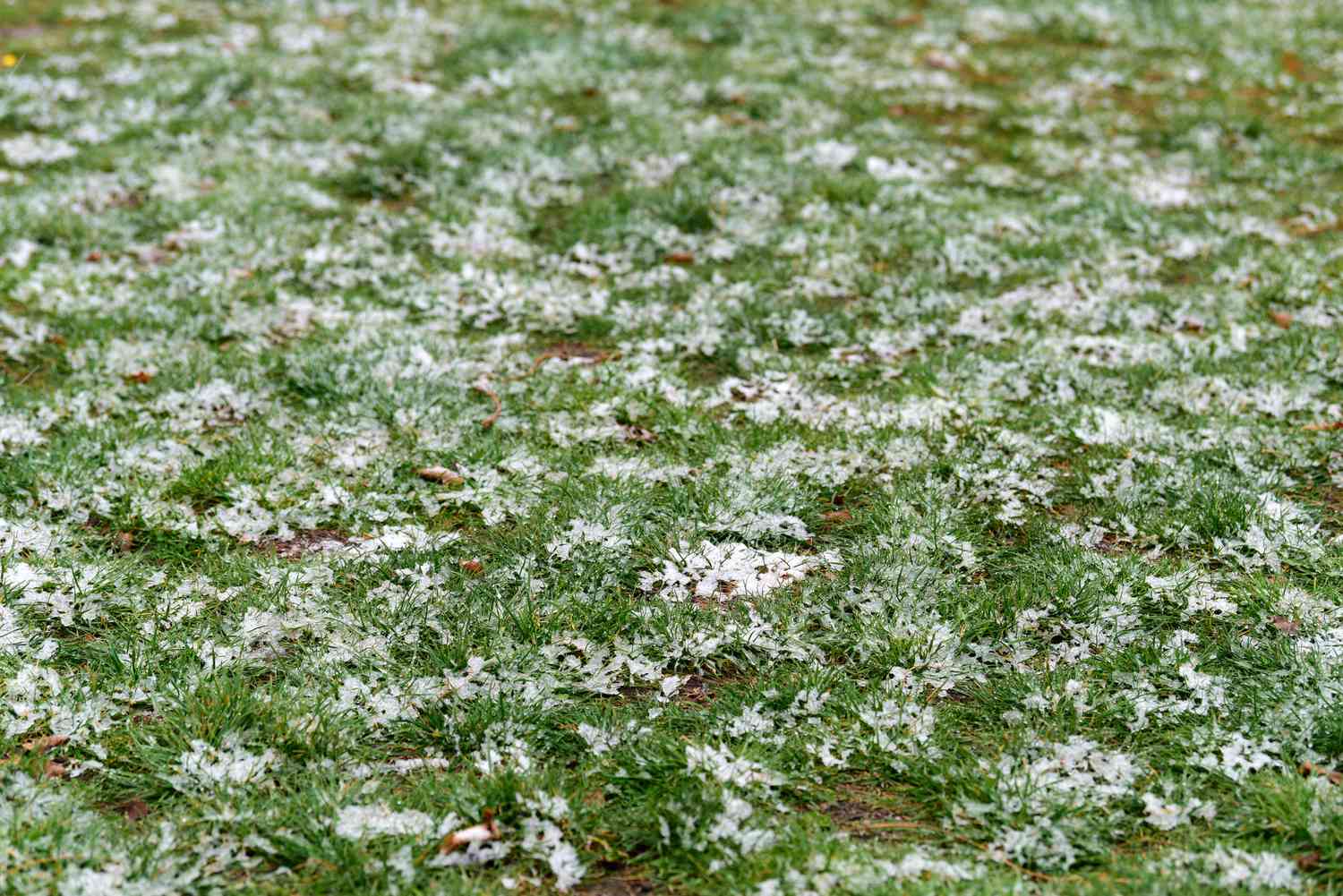
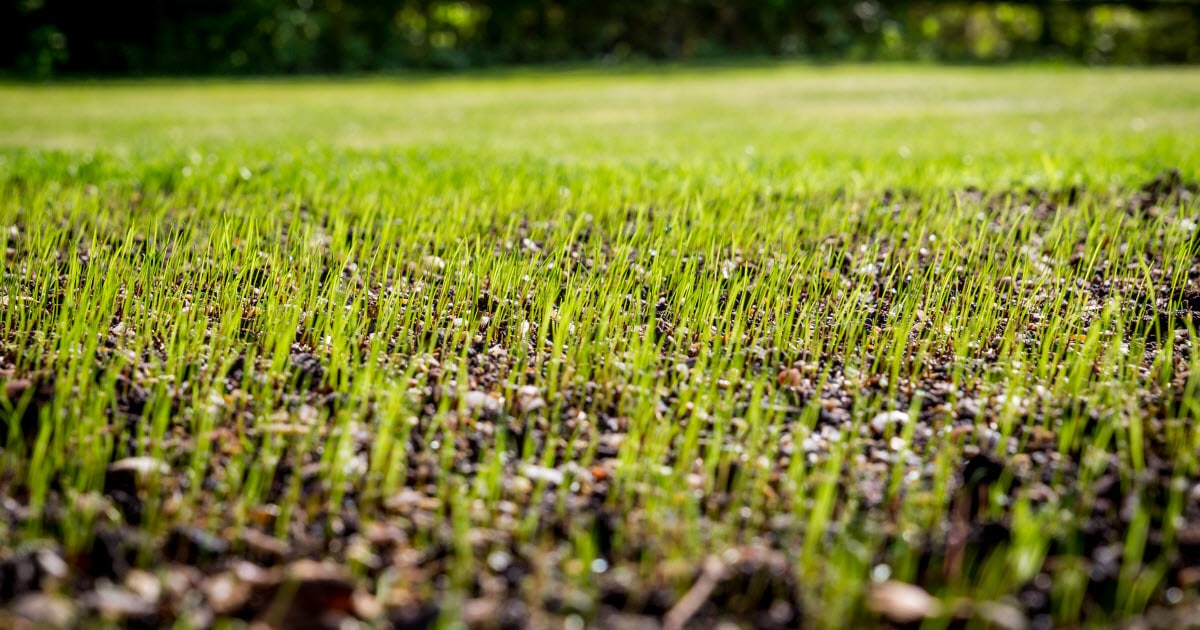
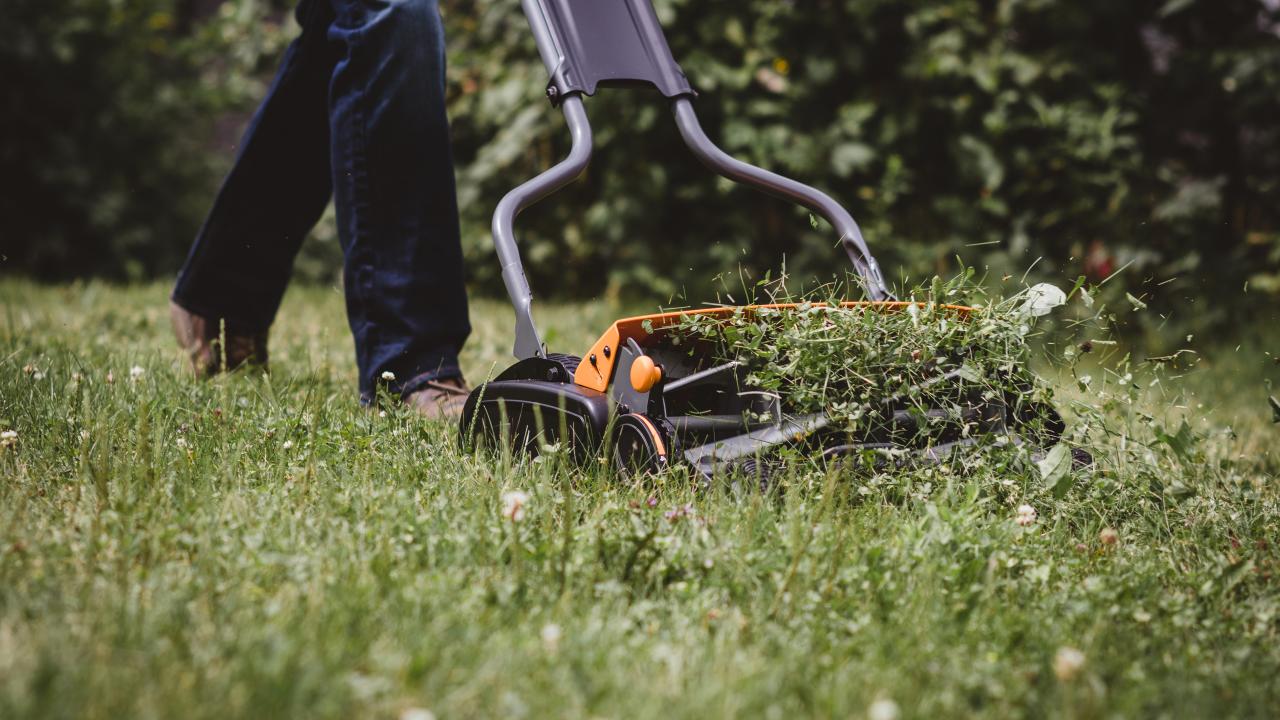

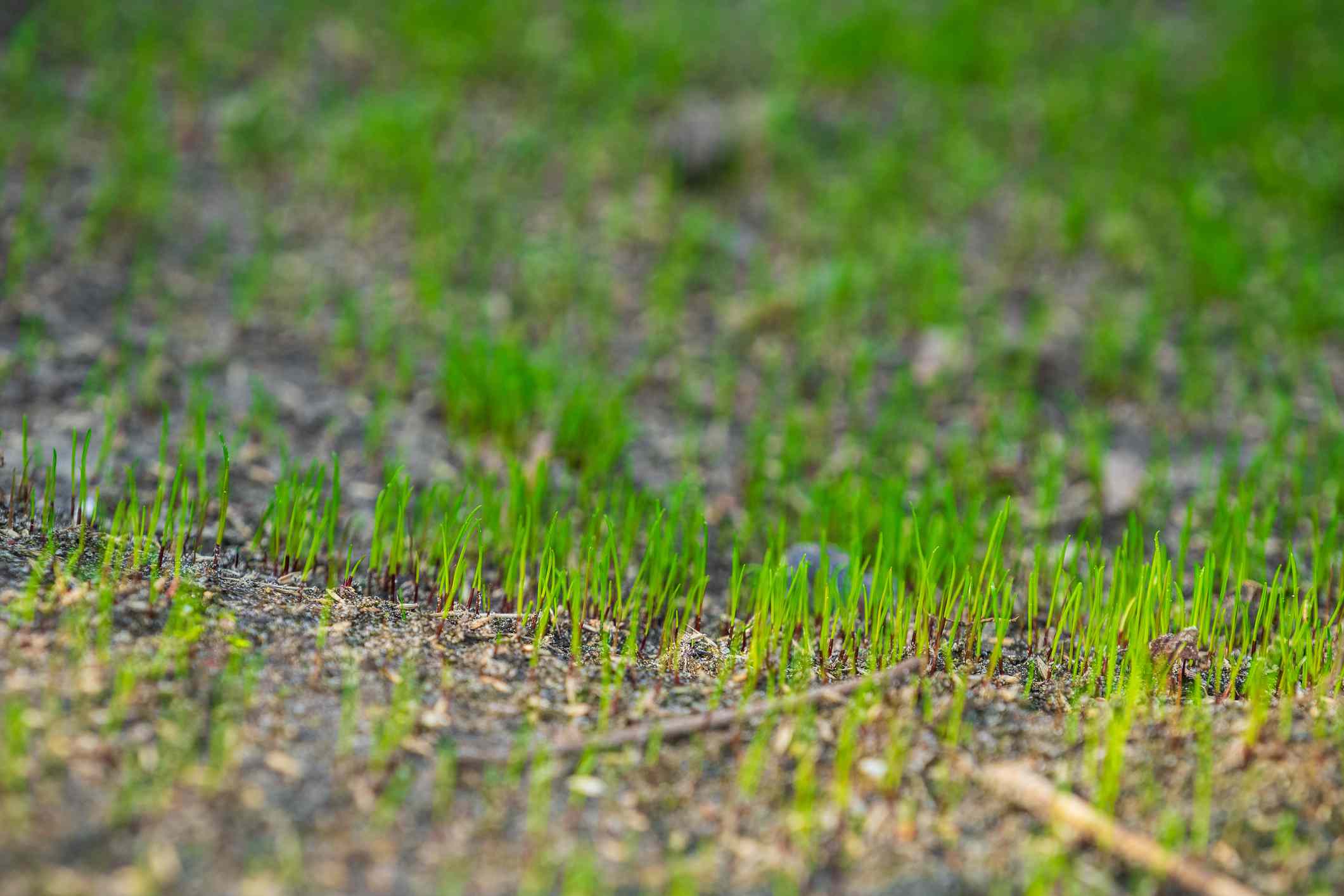
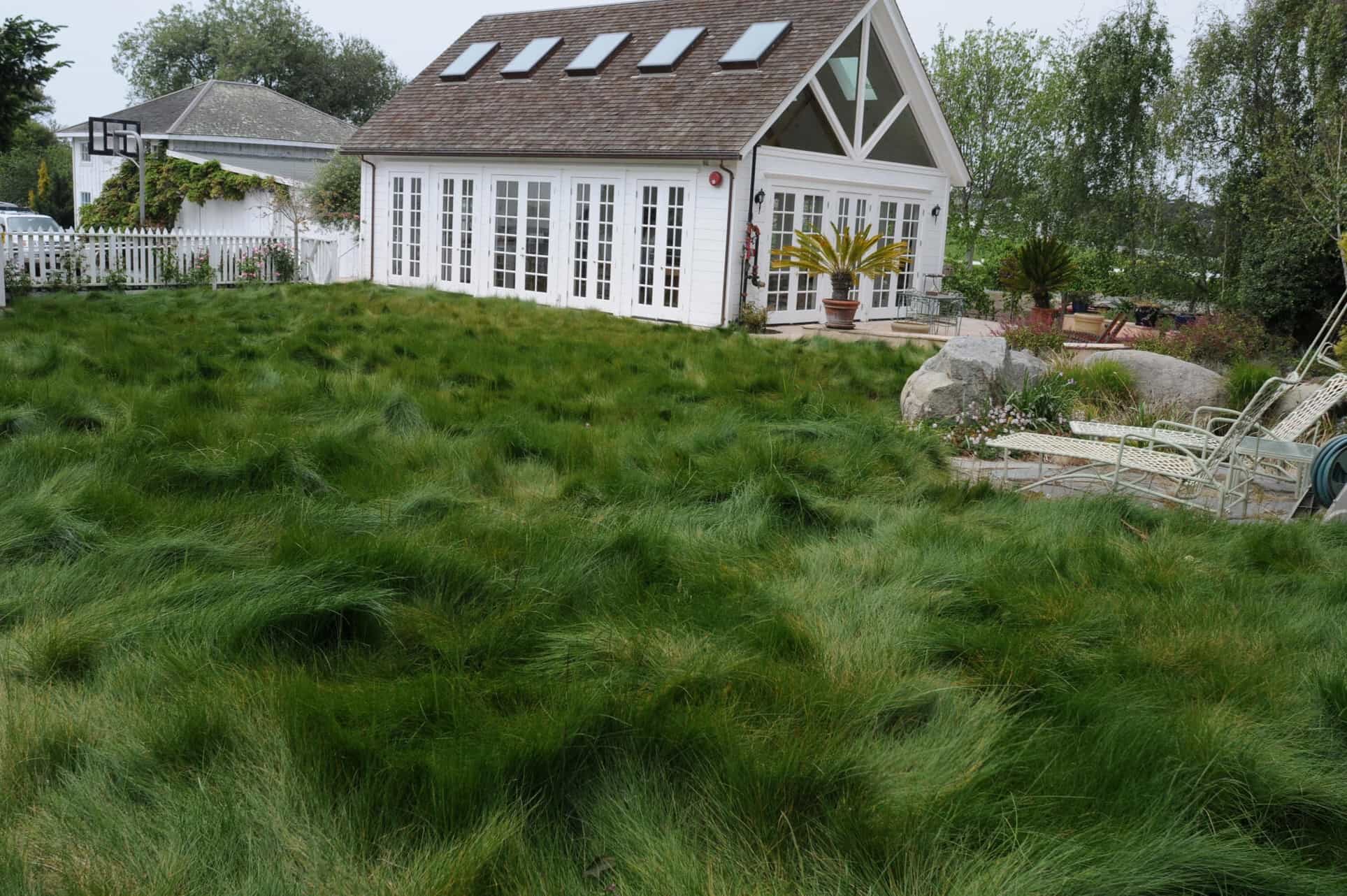
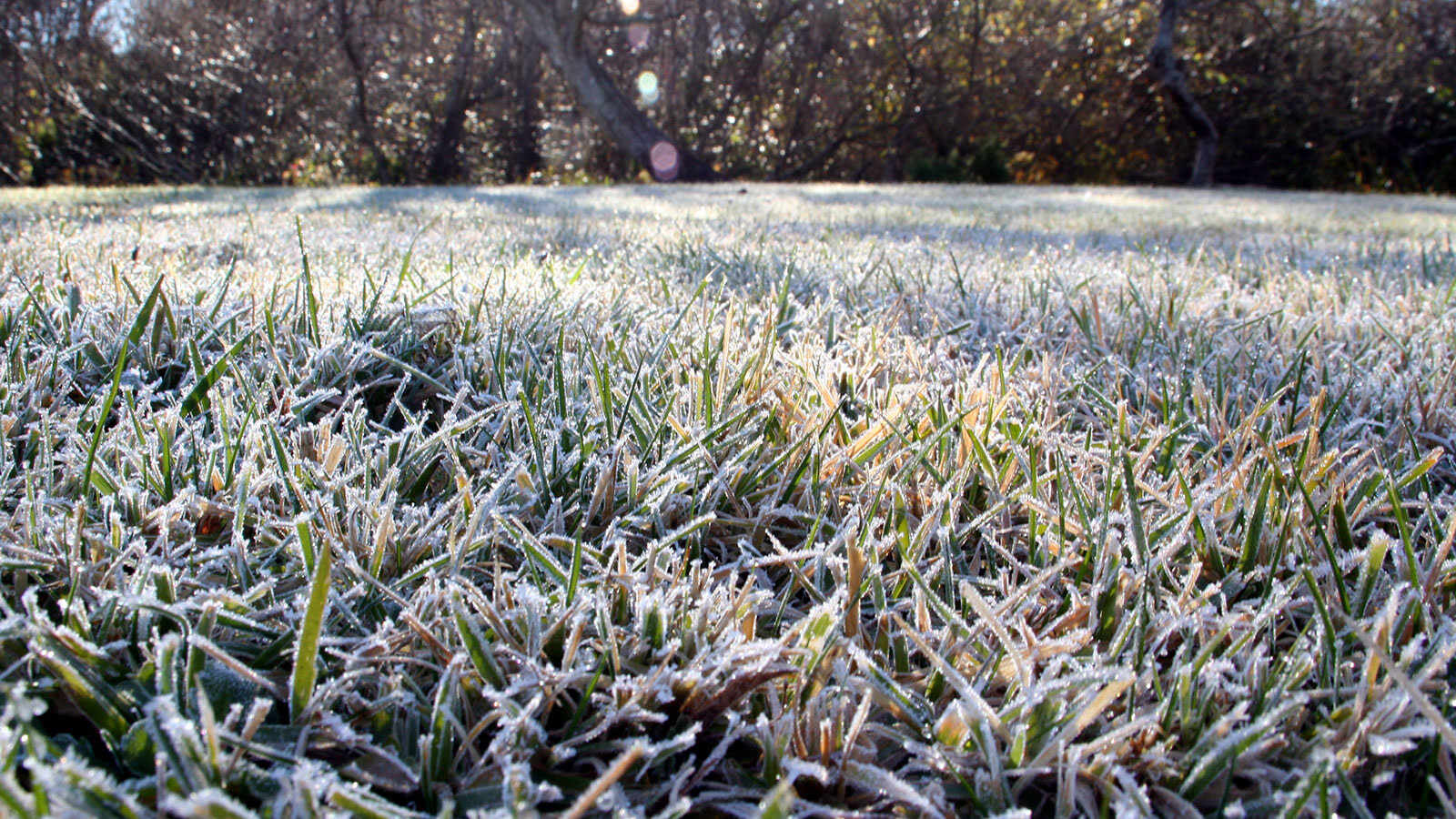
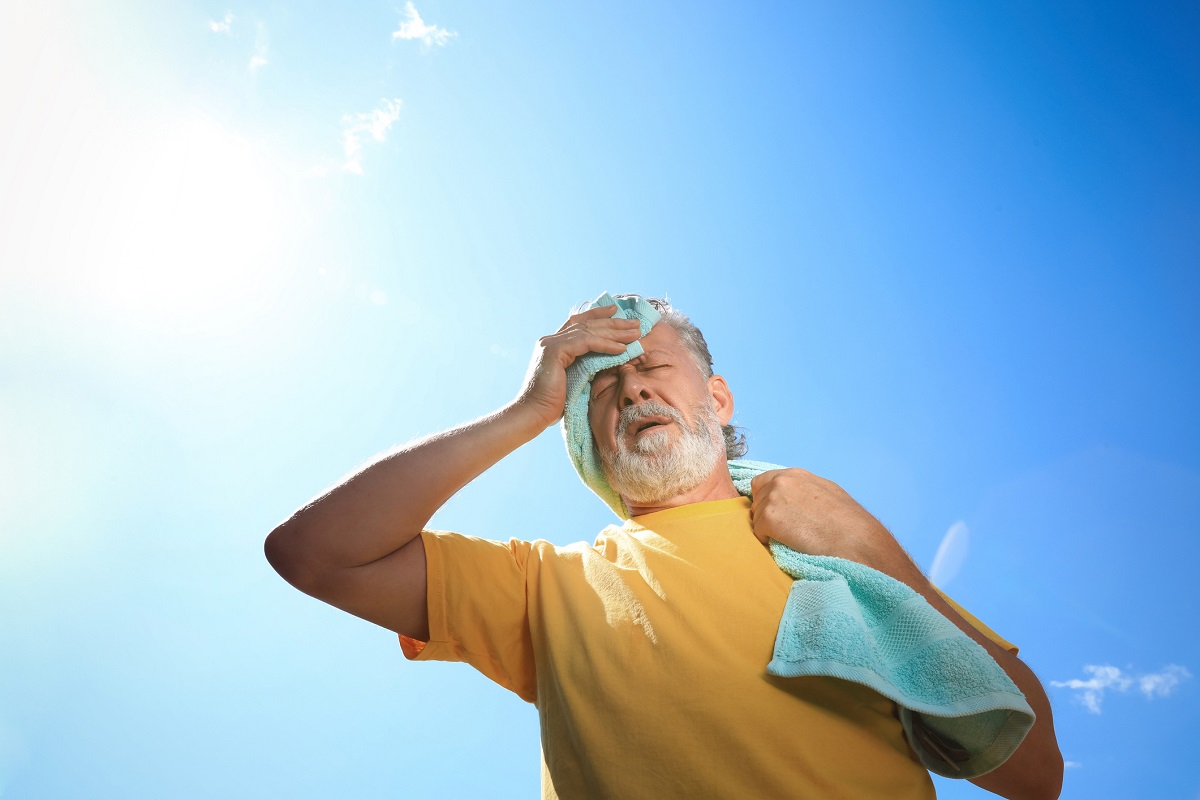

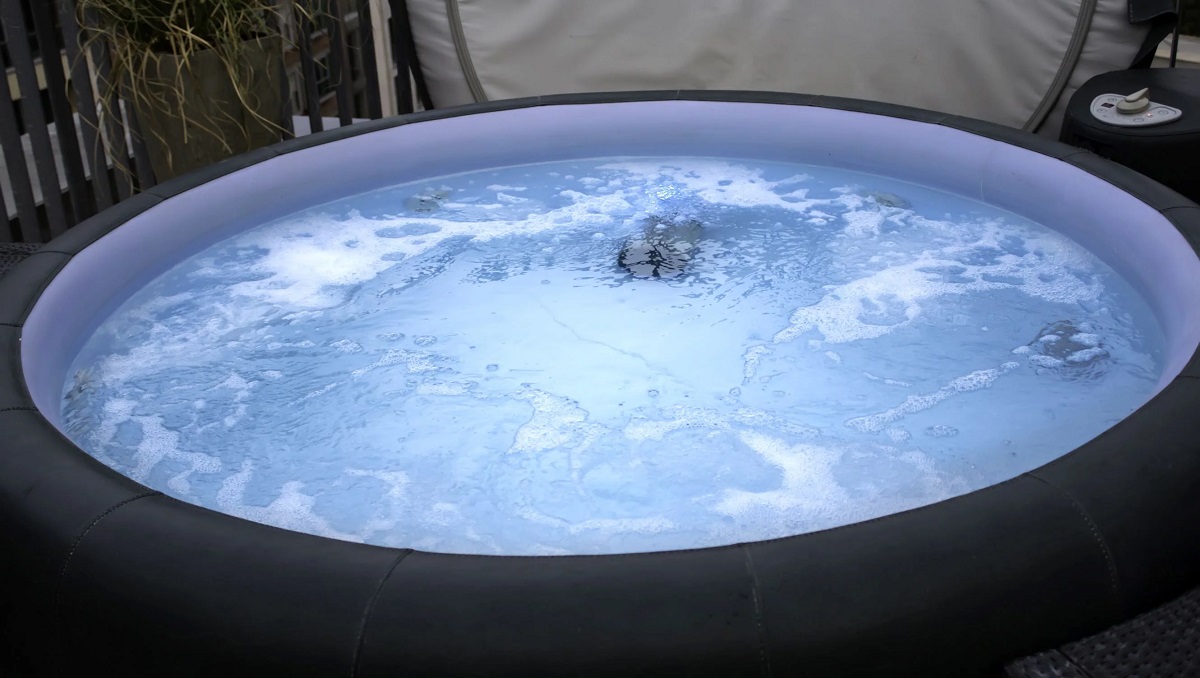

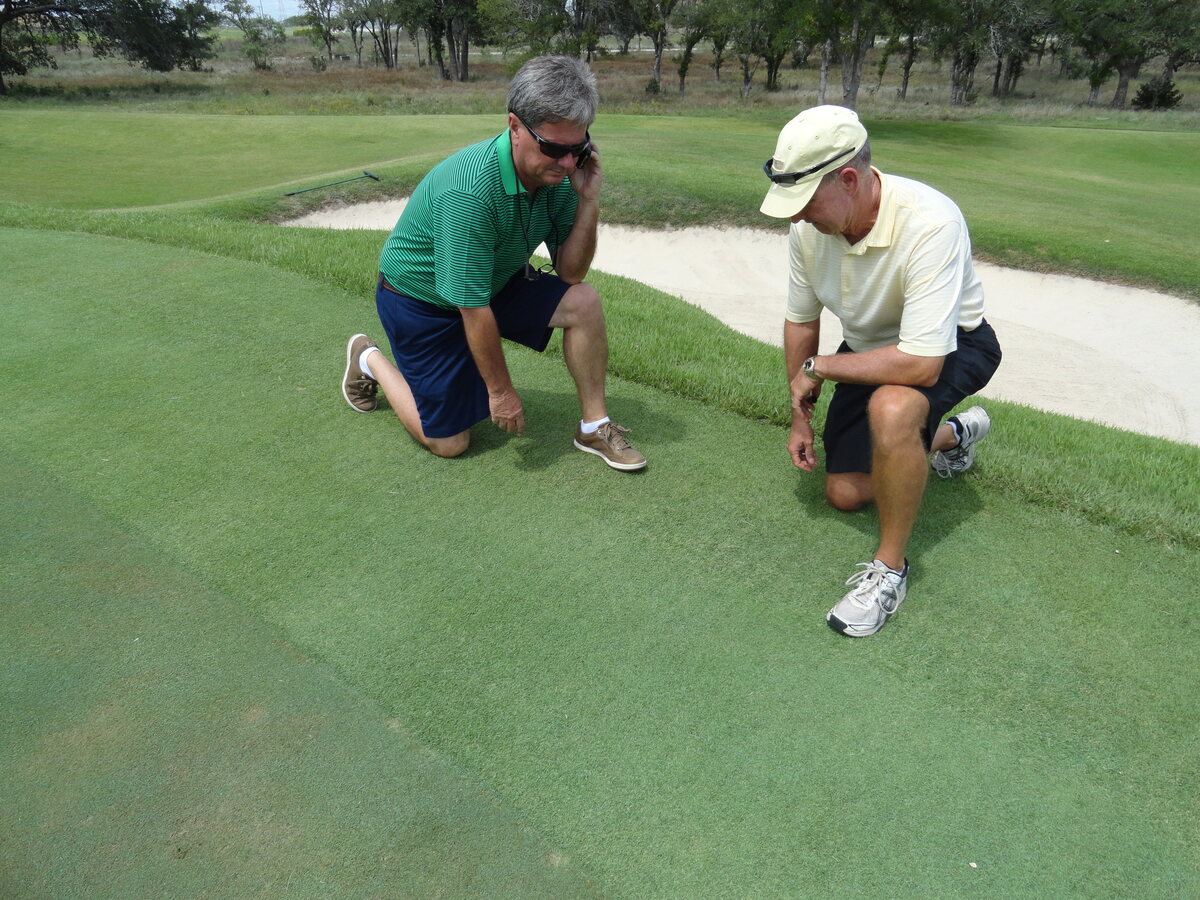
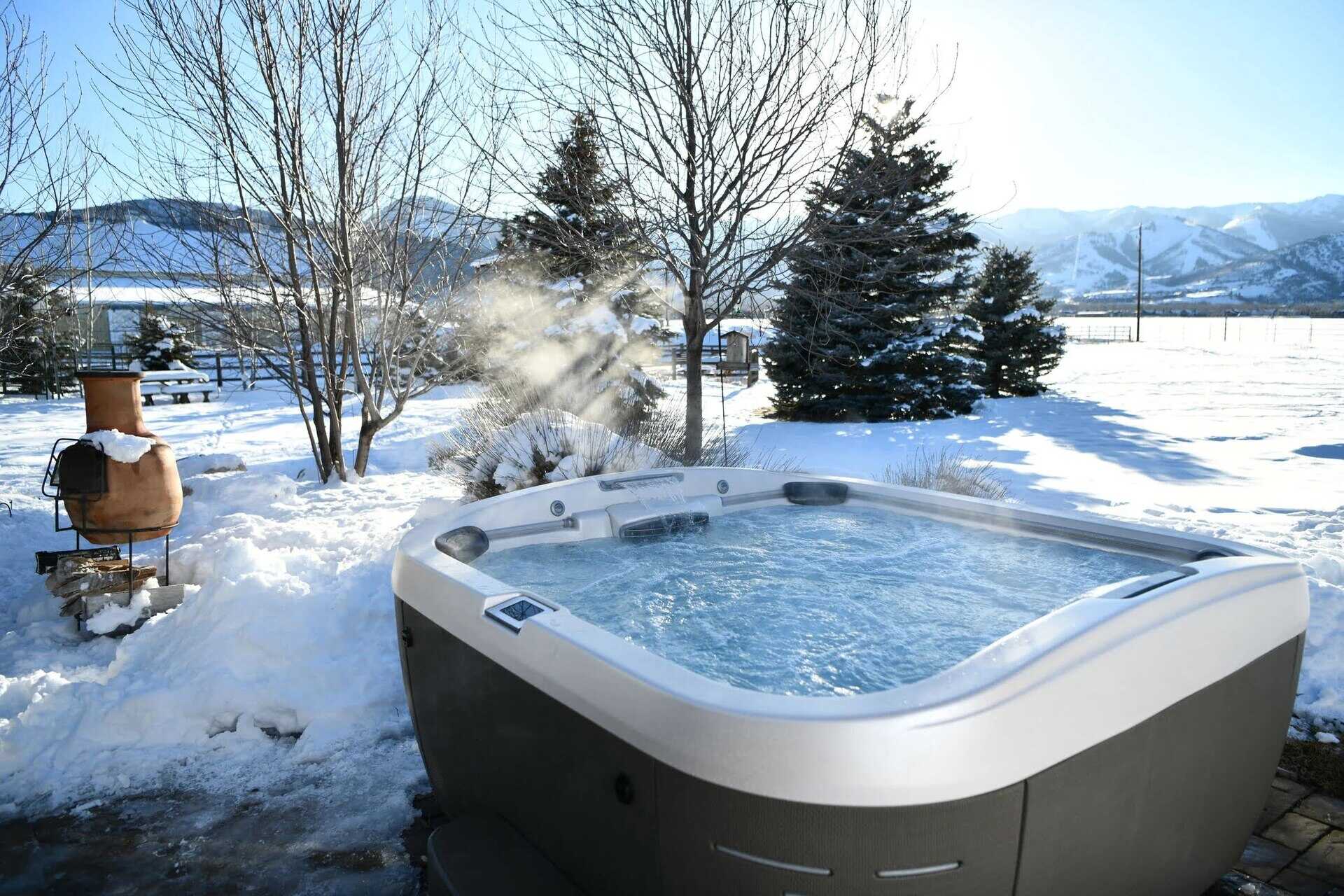

0 thoughts on “What Temperature Is Too Cold To Mow Grass”